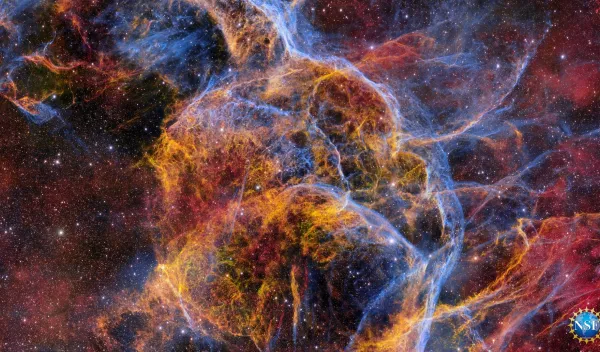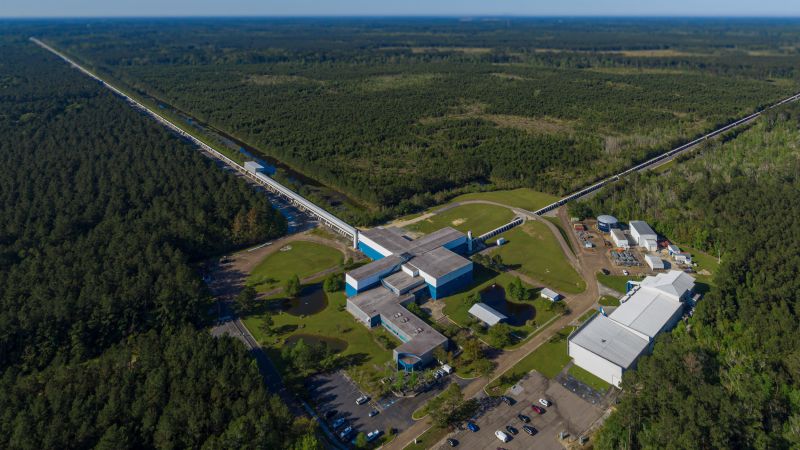
Scientists devise new method to detect permanent distortions in space-time left by massive supernova explosions
Scientists have presented a new way to detect permanent distortions in the fabric of space-time predicted to be caused by certain supernovae explosions. The proposed strategy could allow researchers to study these deformations or "scars" in space-time within the Milky Way galaxy using a network of existing gravitational wave detectors, including the U.S. National Science Foundation Laser Interferometer Gravitational-Wave Observatory (NSF LIGO). Detecting the presence of space-time scars, a phenomenon called gravitation-wave memory, was previously thought to be beyond the capabilities of any existing research facility.
Gravitational-wave memory is the permanent warping of space-time that is theorized to occur when forces from exceptionally massive events like a dying star's core-collapse supernova ripple outward and alter the relative positions of points in space. Studying the ways these massive explosions alter space-time could help scientists better understand the fundamental nature of gravity.
Led by University of Tennessee doctoral student Colter Richardson, the researchers focused their study on using the existing international network of gravitational wave detectors, which includes the U.S.-based NSF LIGO detectors, as well as the Virgo detector in Italy and the KAGRA detector in Japan. In sophisticated simulations of three core-collapse supernovae with different magnitudes, the team explored whether current detectors could spot the gravitational-wave memory effect. The team found that these detectors could succeed if their data were analyzed using a previously unconsidered combination of two techniques to isolate the subtle memory signal indicating a permanent space-time distortion, effectively distinguishing it from transient gravitational waves. Their findings were published in Physics Review Letters.
"By developing innovative new data analysis techniques we can achieve even more with the existing research investments made by the U.S. and our international partners," says Bogdan Mihaila, program director in the NSF Division of Physics. "Nearly ten years ago NSF LIGO succeeded in being the first to ever detect gravitational waves and, through collaboration with our partners, we may yet again reveal a natural phenomenon previously considered unobservable."

